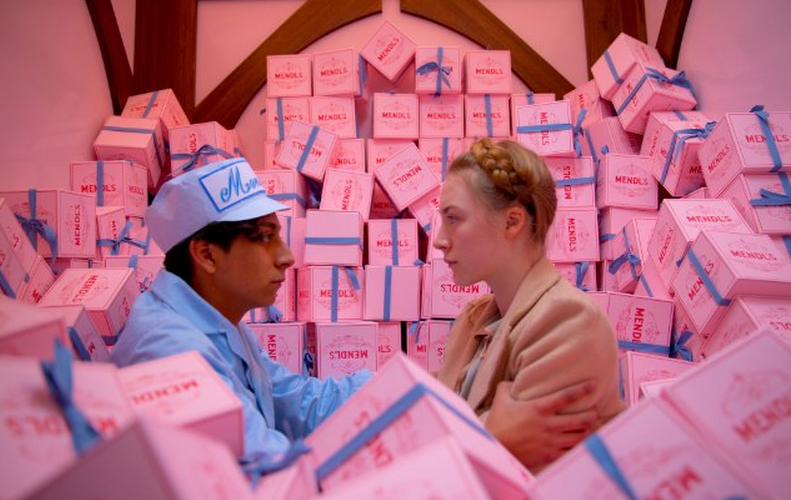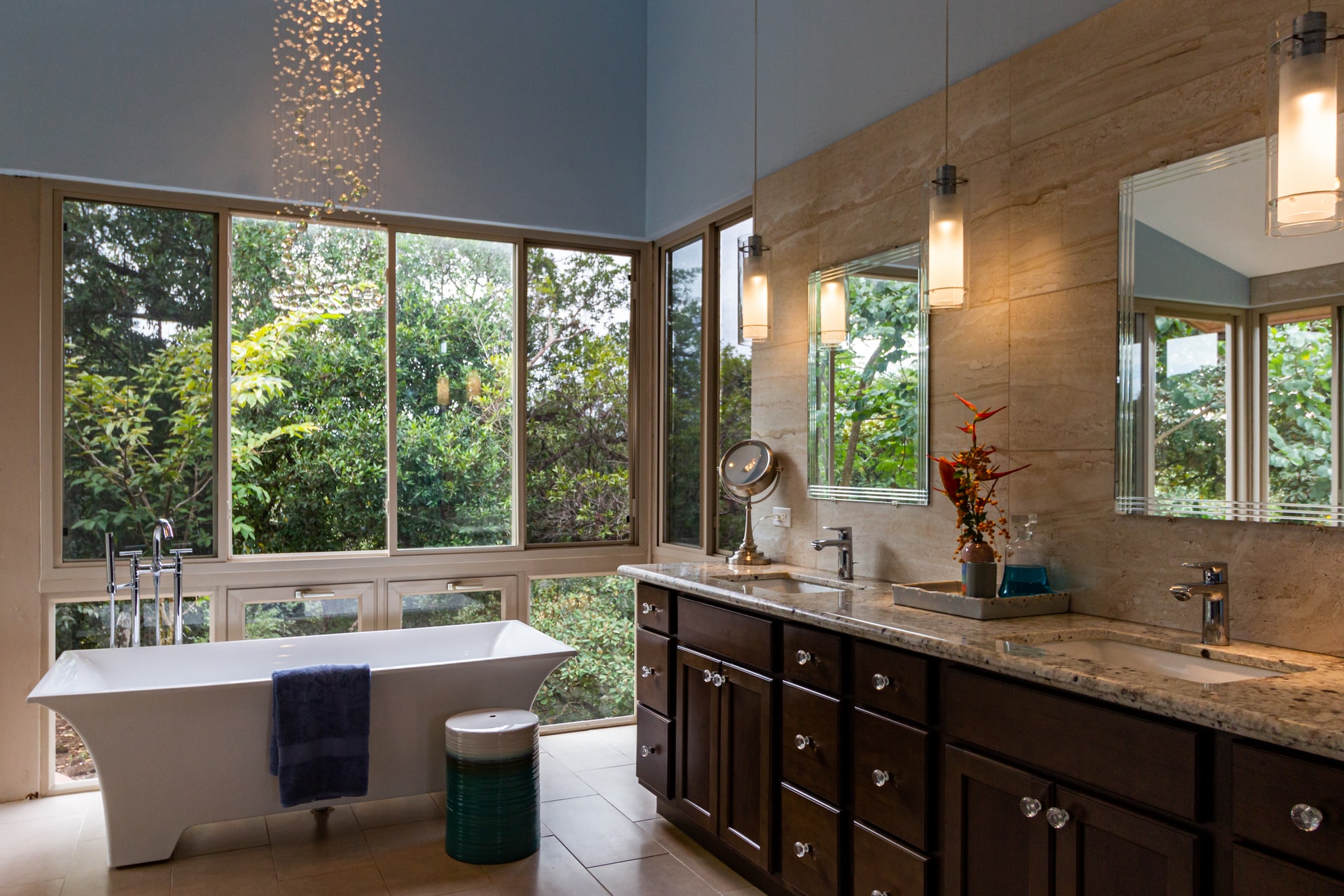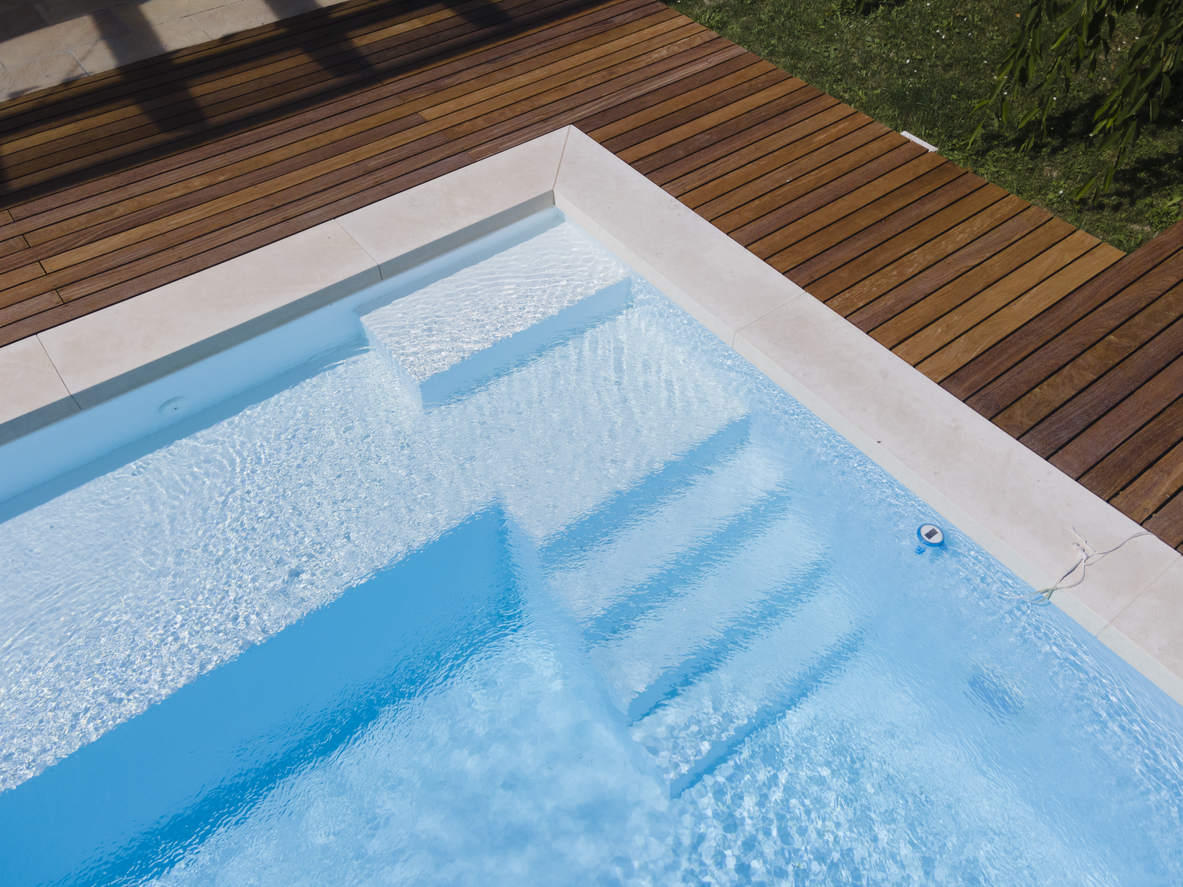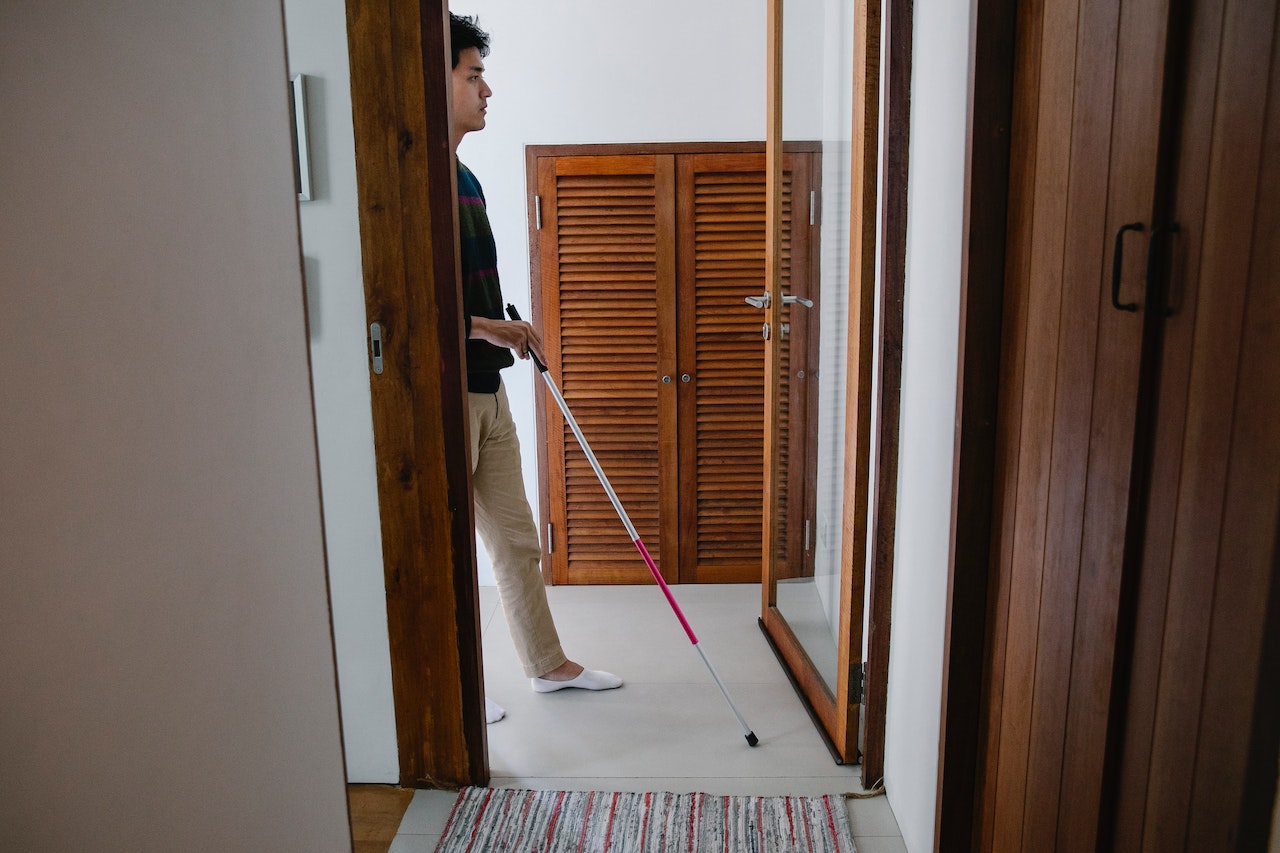Do you love watching movies mostly for the set design? There’s something magical about the movies and production set design; the furniture, fabric and lighting serves as a character itself. Movies move us into another world, giving us a temporary escape, and a really good movie can stay with us forever, even influencing the clothing we wear, the music we listen to, or how we choose to decorate our homes.
Award ceremonies like the Oscars remind us each year just how influential the movie world is to our everyday lives. Just how often have you witnessed the influence of a movie in fashion and interior design? Out of Africa (1985) and Passage to India (1984) inspired a whole wave of “safari fever,” best seen in clothing stores like Banana Republic. Risky Business (1983) and Top Gun (1986) kept Ray Bans in business. The set design and costumes for the movie The King and I (1956) used colorful silk fabric supplied by famous textile designer Jim Thompson. This movie, along with other influential set designs like Sayonara (1957) and Auntie Mame (1958), spurred a new interest in dramatic silks and Asian decor in the late 1950’s and early 1960’s.
Although seldom celebrated (and never gracing the cover of US or People magazines), the production design team, including the art directors, set designers and prop stylists, play an important role in how we view and remember movies. A production designer is responsible for the overall look of a film (or TV production or other visual production). The production designer decides how the movie looks and works closely with the director and producer to ensure that the visual look and feel of the set coordinates with the script. The people working with the production designer may include costume designers, interior designers, prop masters, hair and makeup designers, visual effects, set decorators and set construction crew.
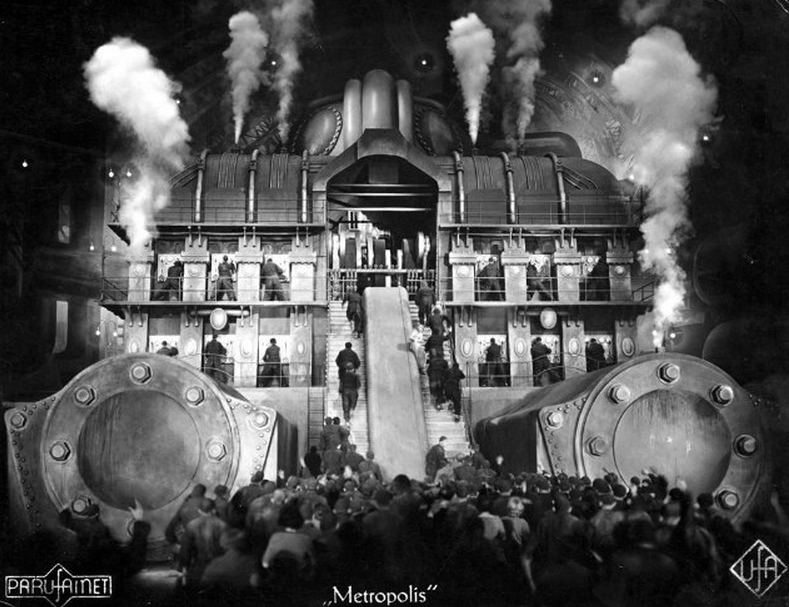
Metropolis (1927) featuring a futuristic set design. Image found here.
Originally referred to as Best Interior Decoration, the Academy Awards now refer to this role as Best Production Design (or Set Direction). Films from the 1920’s, 1930’s and 1940’s were all about the set design, creative lighting and visual effects, with epic movie sets like Intolerance (1916), The Cabinet of Dr. Caligari (1920), Metropolis (1927), King of Jazz (1930), Top Hat (1935), and Gone With The Wind (1939). This Golden Age of movie making (along with fantastic set designs) helped viewers escape from war and economic crisis.
One of the most famous art directors during this time was Cedric Gibbons (March 23, 1893 – July 26, 1960) who worked nearly 32 years under Samuel Goldwyn and Louis B. Mayer and has nearly 1,500 films to his credit. He won an incredible 11 Academy awards for the art direction of classic movies like Pride and Prejudice (1940), Little Women (1949), An American in Paris (1951), and Julius Caesar (1953). He was nominated an astounding 39 times for his art direction and production design, and influenced motion picture theater architecture in the 1930’s through the 1950’s. He was one of the original 36 members of the Academy of Motion Picture Arts and Science, who are responsible for nominating Academy Award contenders, and is credited for designing the iconic Oscar statue awarded each year to the Oscar Winners.
His work as an art director not only influenced movies, it’s been said that his design direction worked its way into the homes of American interiors as well. This golden age of movie making certainly played a part in influencing the American homeowner, who relied on movies as a source of escapism. Manufacturers paid attention to set direction and design, knowing that colors or styles would be requested by homemakers.

Cedric Gibbons was the set designer for The Wizard of Oz, nominated for production design (then called Best Interior Decoration) in 1939. That same year, Gone With The Wind took home the Oscar instead. Mr. Gibbons also designed the Oscar statuette which is still handed out to each Oscar winner. Image found here.
Production designers help create the ambiance of the set, enabling the actors to fulfill their role. There are the famously epic set designs like Lord of the Rings: Fellowship of the Ring (2001), Ben Hur (1959), Marie Antoinette (2006) or Metropolis (1927). But even realistic sets like Fargo (1996) or To Kill A Mockingbird (1967) wouldn’t have been as amazing if it weren’t for it’s iconic set designs and attention to detail.
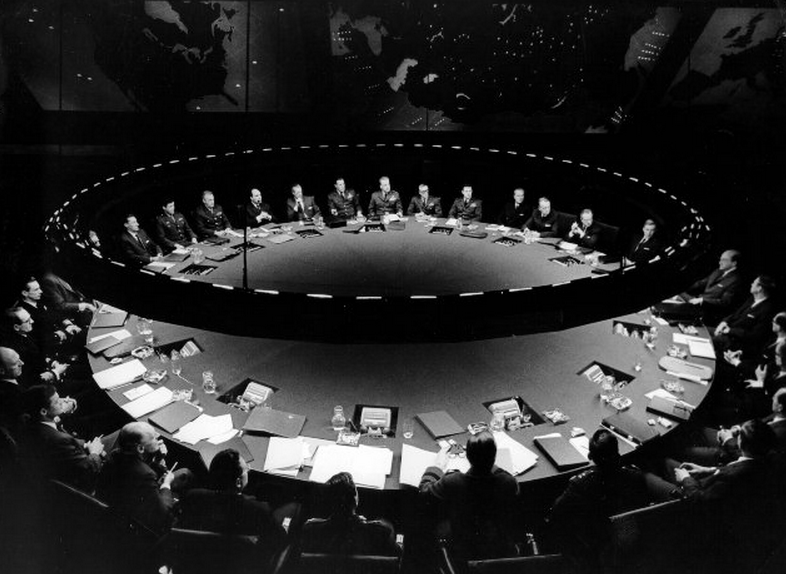
The famous war room set from Dr. Strangelove or: How I Learned to Stop Worrying and Love the Bomb (1964). Production design by Ken Adam. Image found here.
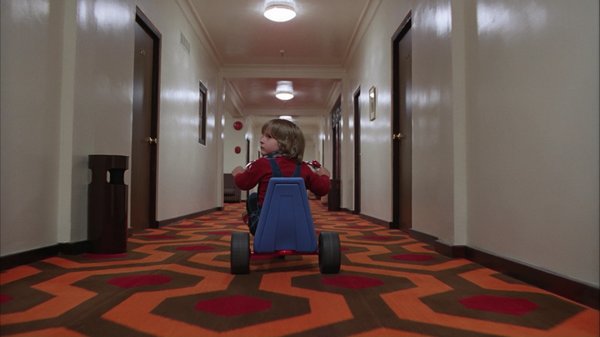
Hallway scene from The Shining (1980). The infamous carpet design is reminiscent of a David Hicks design, although the designer did not work on the movie. Image found here.
Curious to know what movies the professional production designers love to watch? Here’s a great list by IMDB. Below are the movies nominated for the 2016 Academy Awards for Best Production Design. You can see a full list of all the 2016 Oscar nominees here.
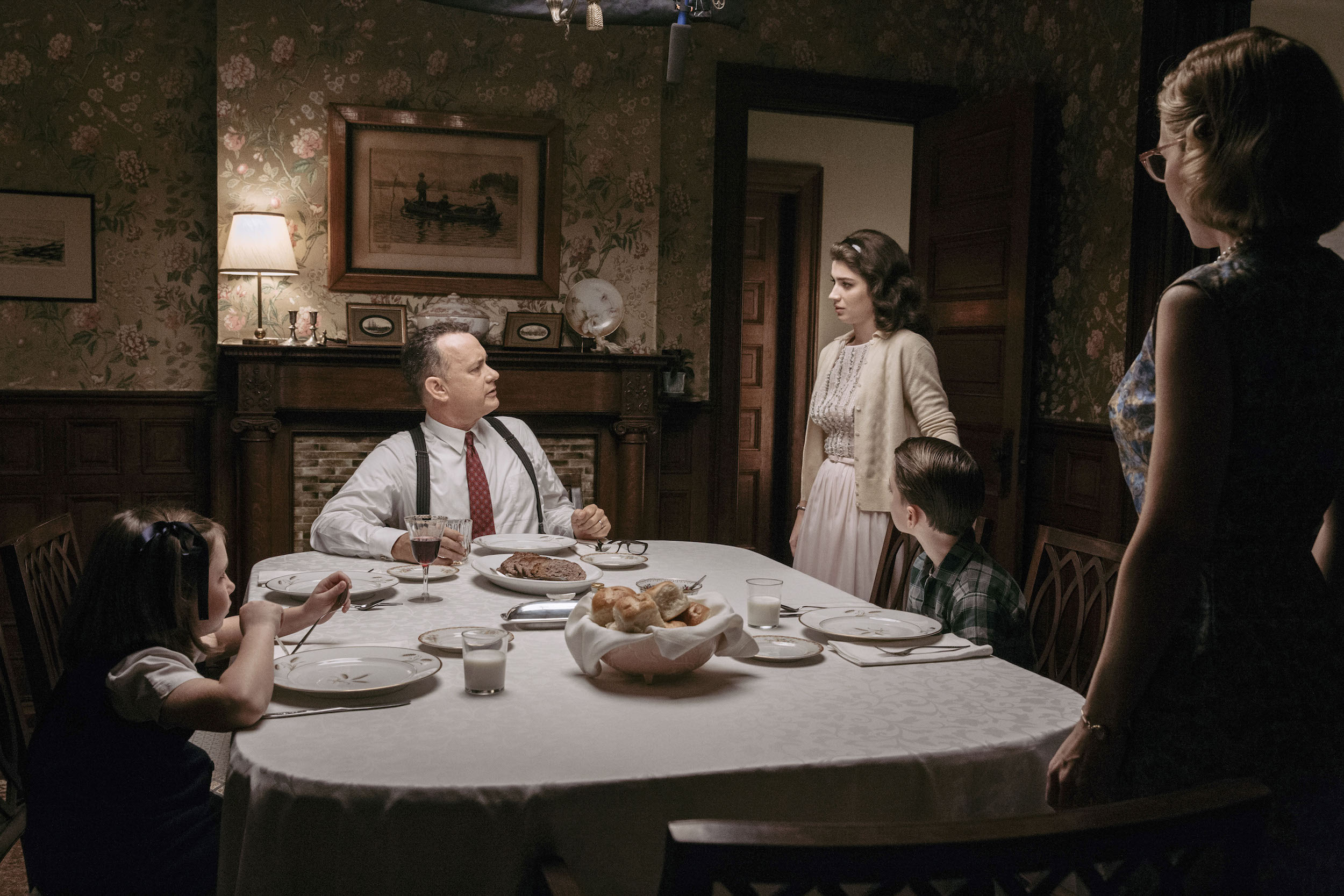
Bridge of Spies. Adam Stockhausen (Production Design); Rena DeAngelo and Bernhard Henrich (Set Decoration). Image found here.
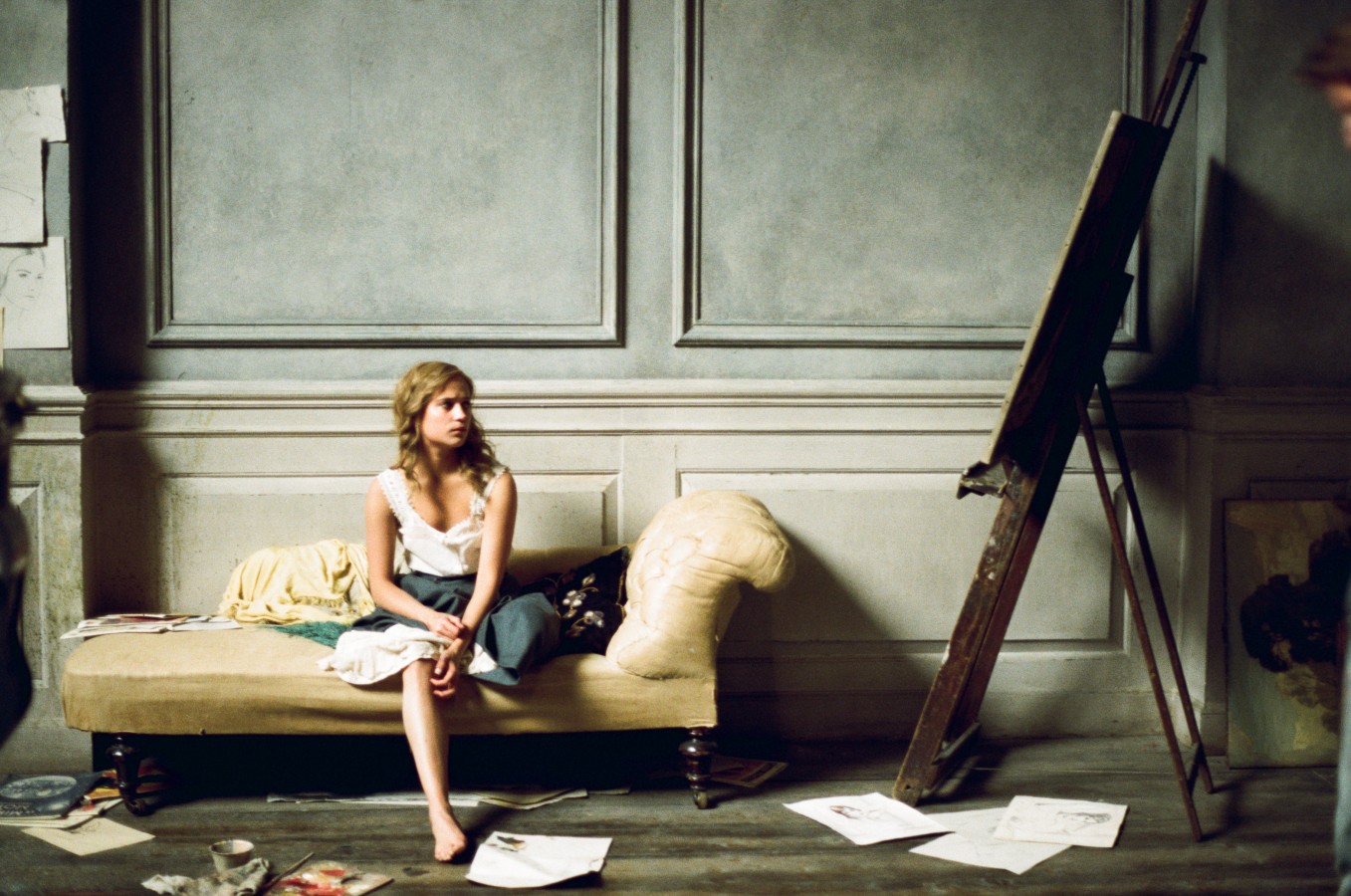
The Danish Girl. Eve Stewart (Production Design); Michael Standish (Set Decoration). Image found here.

Mad Max: Fury Road. Colin Gibson (Production Design); Lisa Thompson (Set Decoration). Image found here.

The Martian. Arthur Max (Production Design); Celia Bobak (Set Decoration). Image found here.
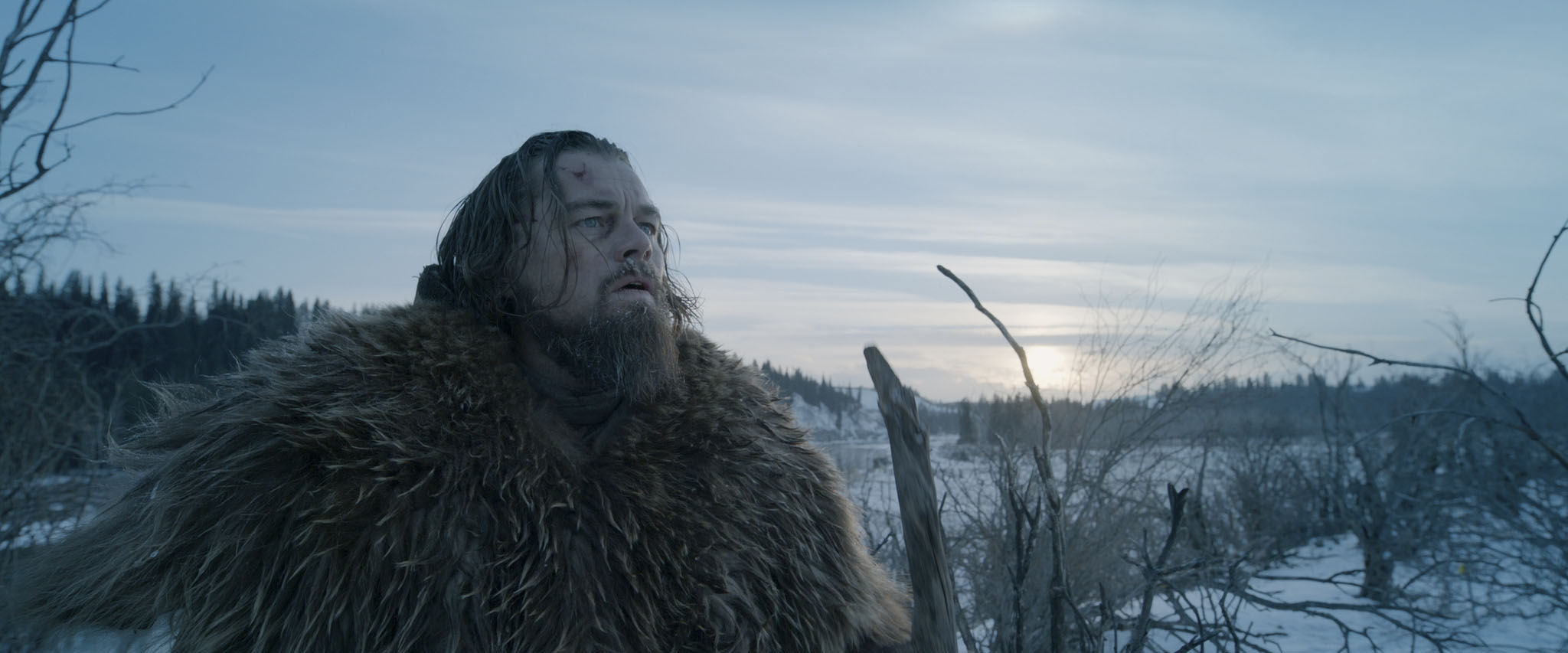
The Revenant. Jack Fisk (Production Design); Hamish Purdy (Set Decoration). Image found here.
Related content:
How To Turn Your Home Into Your Favorite Movie Set
Is Your TV Room Ready To Host The Oscars?
Top image credit: The Grand Budapest Hotel, winner of the Best Production Design for the 2015 Academy Awards
